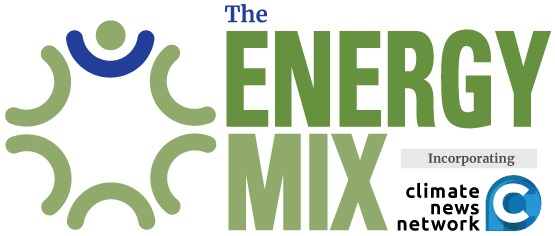Florida Faces Destruction, Misinformation, Insurance Hassles as Milton’s Aftermath Sets In
Florida residents returned to a familiar ritual of assessing the damage Thursday after Hurricane Milton smashed through the central part of the state overnight, hitting many coastal communities and spawning a barrage of tornadoes that killed at least 10.
All this came less than two weeks after Helene blew through the region as the second deadliest storm in the country.
A Category 3 hurricane when it made landfall Wednesday night, Milton knocked out power to at least 3.3 million customers, flooded barrier islands, tore the roof off a baseball stadium, and toppled a construction crane, reported The Associated Press.
BBC News reported 10 people confirmed dead and more flooding expected as Milton followed the trend of saturated storms.
But people also expressed relief that it wasn’t worse, with Florida Gov. Ron DeSantis saying Thursday morning the state had avoided the “worst-case scenario.” The system spared Tampa a direct hit, and the lethal storm surge that scientists feared never materialized.
Part of the problem is that climate change is making storms like Helene and Milton less predictable, reported Bloomberg.
Misinformation Impeding Recovery
As Thursday progressed, Milton moved east off Florida and weakened to a Category 1 storm, but a sense of loss and confusion prevailed. A wave of misinformation followed Milton’s destructive trail, with trolls and politicians questioning government preparedness and claiming the storm was a “simulation,” reported the Guardian.
AI-generated images of the storm circulated online, and even before Milton hit, public officials and the Federal Emergency Management Agency (FEMA) were accused of neglecting certain states ahead of the November presidential election. The misinformation is dissuading survivors of Milton and Helene from seeking help, reported CBC News. It is creating a sense of fear and mistrust against FEMA employees and volunteers on the ground, adds Yale Climate Connections.
Meanwhile, search and rescue teams went door to door and carried out major rescue operations, BBC News reported. More than 400 people were rescued from an apartment complex in Pinellas County, near where Hurricane Milton came ashore on Wednesday night. County Sheriff Bob Gualtieri described the water rescue as “one of the most significant” he had ever seen. With water as high as the second-floor balcony, residents had to be rescued with high-water vehicles and boats.
Insurance Coverage Dropping
Meanwhile, as rebuilding efforts from both storms continue, \ Popular Information says insurance companies could “stiff” hurricane victims in the state.
“Insurers have become significantly tougher on hurricane claims,” one Tampa-based public adjuster told the Wall Street Journal, adding that the insurance industry is “dominated by exclusions, diminishing coverages, and even harsher policy terms.” Popular Information says DeSantis, who received millions of dollars in donations from the insurance industry, holds some of the responsibility for the stress on homeowners. In December 2022, he signed into law a bill that shortened the deadline for filing claims and made it harder to win extra compensation from insurance companies that act in “bad faith.” The law also makes it harder to sue insurance companies in Florida, which officials say will help prevent a blow to the insurance market.
Meanwhile homeowners in the stormy state already pay some of the highest premiums in the country, reported NBC News.
Grid Experts Revisit Resilience
As climate change makes heavy winds and flash flooding likelier, millions of homes face more frequent and longer power outages. It has left experts worried about grid resilience, reported Grist. “Global shortages of crucial electrical equipment like transformers and circuit breakers don’t make that question any easier to figure out.”
Heavy flooding presents a serious threat to power grids, especially in places like North Carolina, where communities aren’t prepared for this new kind of weather. When a number of substations were taken out by Helene, the state’s grid experts had a “minor panic” about the lack of reserve transformers to available to rebuild, writes Grist. The situation wasn’t as dire as predicted, but may still “breathe life” into solutions like stashing reserves of substation equipment and building microgrids.
Cover photo: 12019/pixabay




